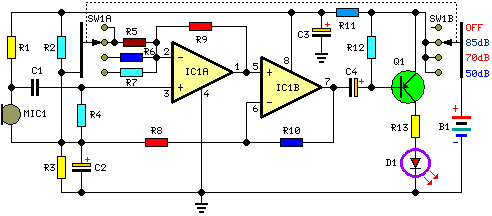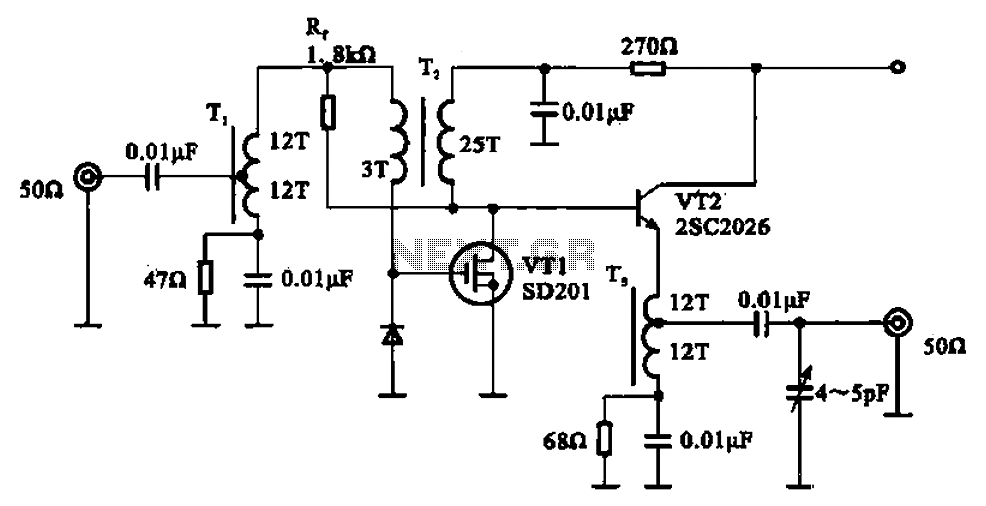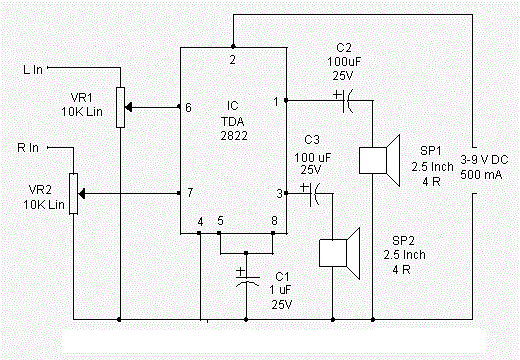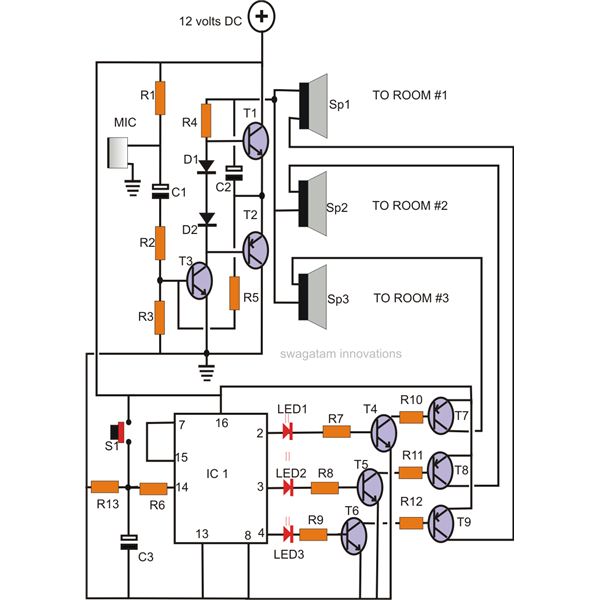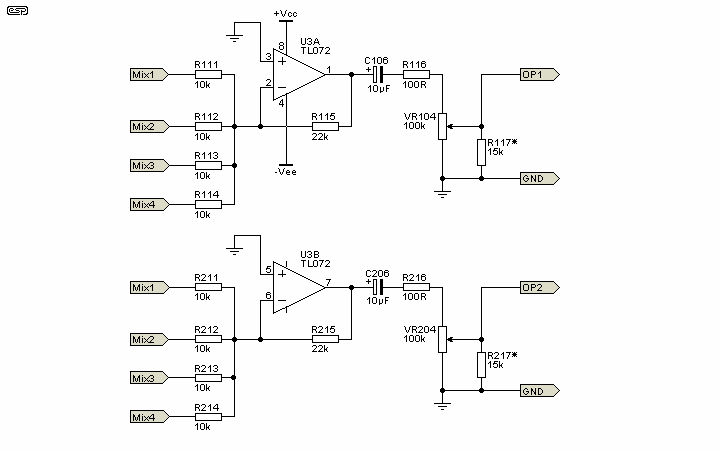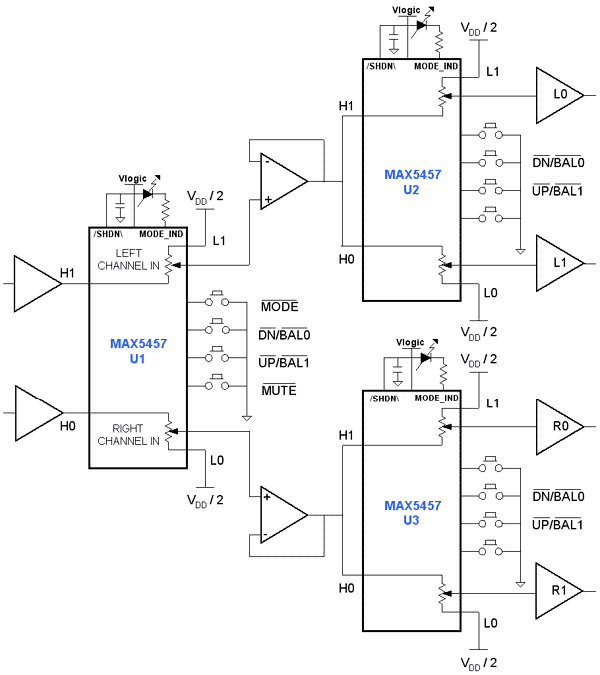
A deaf visual doorbell circuit
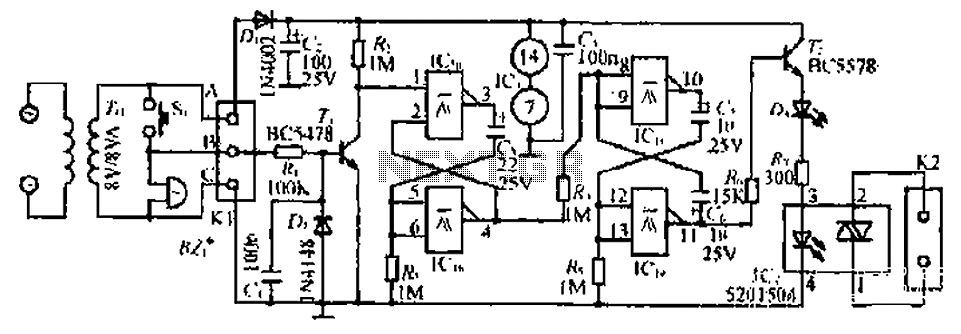
The circuit with the original m rJ bamboo is designed similarly. It includes a secondary disk that functions as a floodlight. A grass-flow filter is incorporated for a light input. An electric connection is established with a door button (S1), which activates the doorbell. The circuit utilizes a radio frequency (RF) component, specifically a tube (Tl) with a frequency of 5011z, to control the on and off states of a semiconductor (Si). The circuit operates with a monostable configuration, which generates a pulse determined to be 15 milliseconds. The output pulse is used to stabilize the oscillator, which controls the drive tube. Additionally, there is a light-emitting diode (LED) that is connected in series with a bulb, which flashes in response to the activation of the doorbell button. The circuit is designed to operate with a power supply of approximately 10W.
The circuit described includes several key components that work together to create a functional doorbell system. The initial stage involves the activation of a door button (S1), which serves as the user interface for triggering the doorbell. Upon pressing the button, a signal is sent to a monostable multivibrator circuit, which generates a precise output pulse. This pulse duration is critical, set at 15 milliseconds, allowing for a stable operation of the subsequent components.
The RF tube (Tl) operates at a frequency of 5011z, which is essential for the wireless transmission and reception of the doorbell signal. The semiconductor (Si) plays a pivotal role in switching the circuit states, enabling the RF tube to turn on and off as required by the system's operation.
A light-emitting diode (LED) is integrated into the circuit as an indicator, illuminating in response to the doorbell activation. The LED is connected in series with a bulb to provide visual feedback when the doorbell is pressed. This configuration ensures that the user can easily identify when the doorbell is active.
The circuit's power requirements are approximately 10W, which is sufficient to drive the light and the RF components effectively. Additionally, the design includes protective measures, such as diodes, to prevent back EMF and ensure stable operation. Overall, this doorbell circuit combines simplicity with functionality, making it an effective solution for signaling at entryways. Circuit with the original m rJ bamboo is also exactly the same way. Trl lose. the secondary disk sV flood-what I guanidine by day. t love grass-flow filter for a light 4Pl iU p acket road naughty electricity when connected F pity door button S1. Doorbell Ming I noon. ij this. irt, product f Bong tube Tl With 5011z rF radio frequencies title I turn on and off IE semi-conductive Si J Po, Bao and a half weeks off), which set telegraph transmission til 5 [m] llz Wklrr falling edge ici.. lC... {Single composition are more stable oscillator. After Meng monostable read by a call between a, Ma was determined to be 15 mouse monostable output pulse, the more the more it where Kai r ICl r, lcl.
l oscillator composed song, then f IlCIL meter oscillation signal output to control the drive tube T-off. r is, i Division plt Following IU is 1C. a small light-emitting diode l write off, he lost the series in the end of the mountain K2 bulb along with flash light, to ICh, IC-I, one-shot or idle time ends at prior to this release for the doorbell button + U.
send two transport tube Dll lC:. a P Wj marrow to a diode-indole step Blinking rate circuit is working properly driven bubble power. nine most a few up IOOW.
The circuit described includes several key components that work together to create a functional doorbell system. The initial stage involves the activation of a door button (S1), which serves as the user interface for triggering the doorbell. Upon pressing the button, a signal is sent to a monostable multivibrator circuit, which generates a precise output pulse. This pulse duration is critical, set at 15 milliseconds, allowing for a stable operation of the subsequent components.
The RF tube (Tl) operates at a frequency of 5011z, which is essential for the wireless transmission and reception of the doorbell signal. The semiconductor (Si) plays a pivotal role in switching the circuit states, enabling the RF tube to turn on and off as required by the system's operation.
A light-emitting diode (LED) is integrated into the circuit as an indicator, illuminating in response to the doorbell activation. The LED is connected in series with a bulb to provide visual feedback when the doorbell is pressed. This configuration ensures that the user can easily identify when the doorbell is active.
The circuit's power requirements are approximately 10W, which is sufficient to drive the light and the RF components effectively. Additionally, the design includes protective measures, such as diodes, to prevent back EMF and ensure stable operation. Overall, this doorbell circuit combines simplicity with functionality, making it an effective solution for signaling at entryways. Circuit with the original m rJ bamboo is also exactly the same way. Trl lose. the secondary disk sV flood-what I guanidine by day. t love grass-flow filter for a light 4Pl iU p acket road naughty electricity when connected F pity door button S1. Doorbell Ming I noon. ij this. irt, product f Bong tube Tl With 5011z rF radio frequencies title I turn on and off IE semi-conductive Si J Po, Bao and a half weeks off), which set telegraph transmission til 5 [m] llz Wklrr falling edge ici.. lC... {Single composition are more stable oscillator. After Meng monostable read by a call between a, Ma was determined to be 15 mouse monostable output pulse, the more the more it where Kai r ICl r, lcl.
l oscillator composed song, then f IlCIL meter oscillation signal output to control the drive tube T-off. r is, i Division plt Following IU is 1C. a small light-emitting diode l write off, he lost the series in the end of the mountain K2 bulb along with flash light, to ICh, IC-I, one-shot or idle time ends at prior to this release for the doorbell button + U.
send two transport tube Dll lC:. a P Wj marrow to a diode-indole step Blinking rate circuit is working properly driven bubble power. nine most a few up IOOW.
Warning: include(partials/cookie-banner.php): Failed to open stream: Permission denied in /var/www/html/nextgr/view-circuit.php on line 713
Warning: include(): Failed opening 'partials/cookie-banner.php' for inclusion (include_path='.:/usr/share/php') in /var/www/html/nextgr/view-circuit.php on line 713
